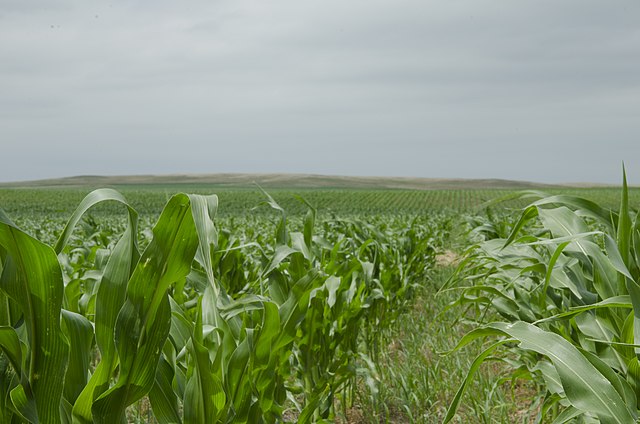The U.S. Department of Agriculture (USDA) and the National Agricultural Statistics Services (NASS) will finalize the yearly crop report on January 12, 2024.
Partially compiled from crop production and grain surveys, the report presents the Crop Production Annual Summary and the Grain Report. These two documents are important prediction sheets for marketers and farmers alike.
Grain and oilseed production figures will mainly come from the latest harvests in corn and soybeans. USDA is already contacting producers countrywide to register the amount of corn and soy they have stocked on their farms.
NASS in its part is surveying grain milling facilities and oilseed factories to determine the total commercial stocks available.
Briefing Dakota Radio Group December 13, South Dakota’s NASS’ statistician, Erik Gerlach stated that surveys help producers make “year-end business decisions.”
This is because the data the inquiries capture represents a fairly accurate picture of the year’s production figures. Together with the estimates, this data aids farmers plan for the next year’s growing phase.
WASDE’s Estimates
USDA’s monthly World Supply and Demand Estimates (WASDE) is another tool that helps compile the yearly crop report.
WASDE provides estimates on the supply and use of grain, oilseeds and cotton in the U.S. each year. This coverage also extends to sugar, poultry, bovine meat, eggs and dairy, including sugar production in neighboring Mexico.
While NASS supplies much of the forecasting data, USDA also employs agricultural experts and foreign sources to compile the report.
Each month, the U.S. Secretary of Agriculture briefs the media on WASDE’s forecasts.
NASS Reports Currently Impacting World Markets
WASDE and monthly crop reports by NASS are currently influencing market reactions and price shifts in U.S.’ grain and oilseed markets.
USDA’s prediction that U.S corn demand in foreign markets will climb by 25 million bushels has indeed improved export sales. The agency lowered end-of-year corn stock estimates to 2.131 billion bushels in early December, whetting export demand. This is despite corn market prices being still low at $4.61 per bushel due to sufficient stock.
For soy, USDA lowered its world oilseed production estimate in November’s WASDE report after poor weather affected Brazil’s soybean crop.
Soybeans from the world’s largest producer, Brazil, may fall to 161 million tonnes end 2023. Hence, the soybean market is currently unstable in terms of price. The market price on December 13 was $13.08 per bushel, a fall by 1.17% from December 12.
Thus, as NASS prepares its essential end-year report for 2023, WASDE’s monthly estimates are meanwhile influencing markets.
